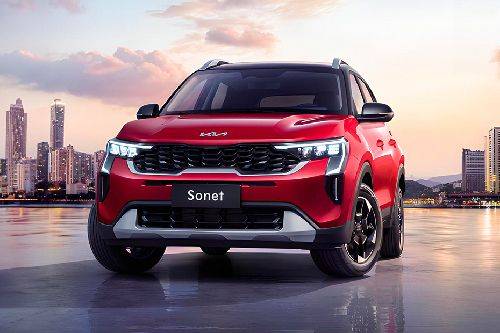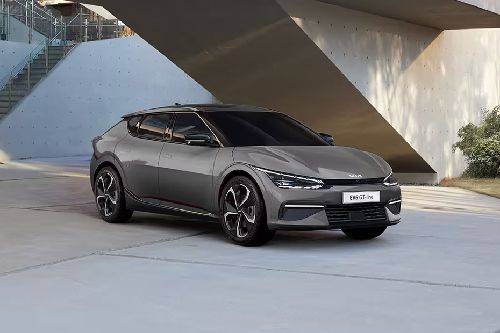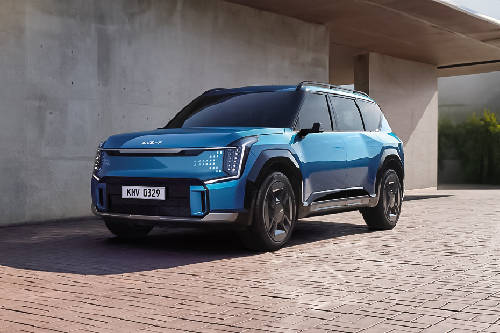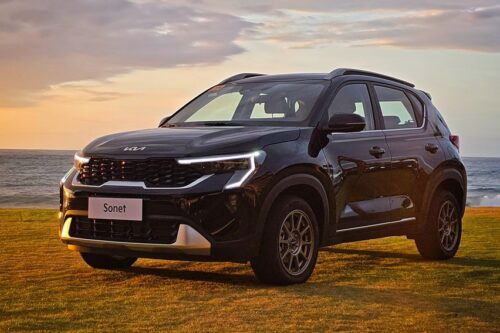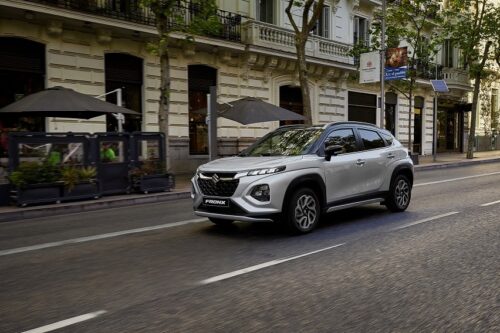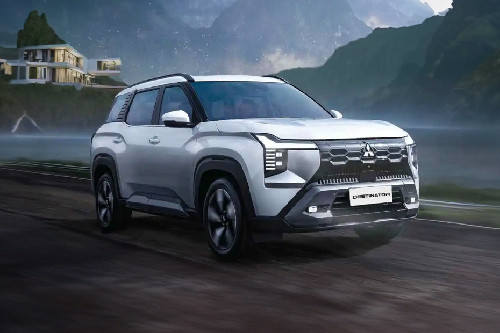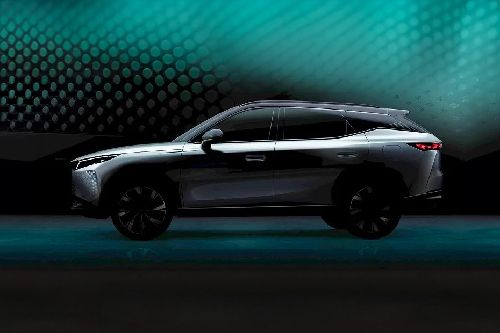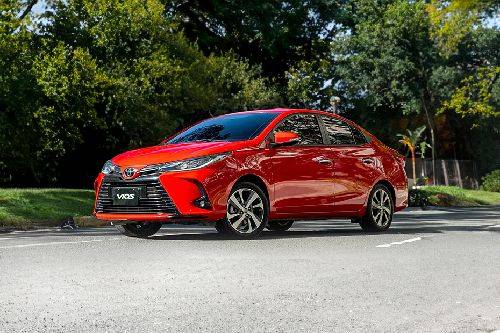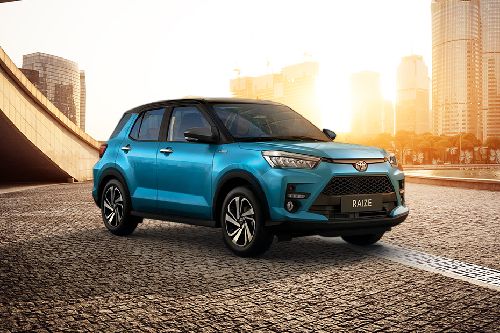Her name is Rio

Readers from Generation X will know the title is a line from ‘80s band Duran Duran’s 1982 hit about the Brazilian city of Rio de Janeiro and only relates to Kia’s subcompact car by name.
Forget for a second that the car actually came out 17 years after the song, if you like working with similes and you’re familiar with both the song and the car, listen to the lyrics and I swear, you could mistake Simon Le Bon for singing about the fourth-generation Kia Rio.
Like most old nameplates of Kia, the Rio started modestly. It came in to replace the Pride and like its predecessor, was priced to be the most affordable car in its market.
It initially started out with two body types, a four-door sedan and a five-door station wagon. By the second generation, the hatchback came in to replace the station wagon body and that’s been pretty much the standard until now.
The Rio is Kia’s second best-selling model based on reports from September 2019 – the best, if you’re wondering, is the Sportage – and is a very important nameplate for the Korean automaker.
Last year, Kia Philippines only sold 32 units of the Rio, which is a paltry number considering the all-new Soluto picked up 2,579 new owners in just a span of 12 months. Granted there’s about a P200,000 to P300,000 difference in pricing between the two models, but getting outsold by 98% is something else.
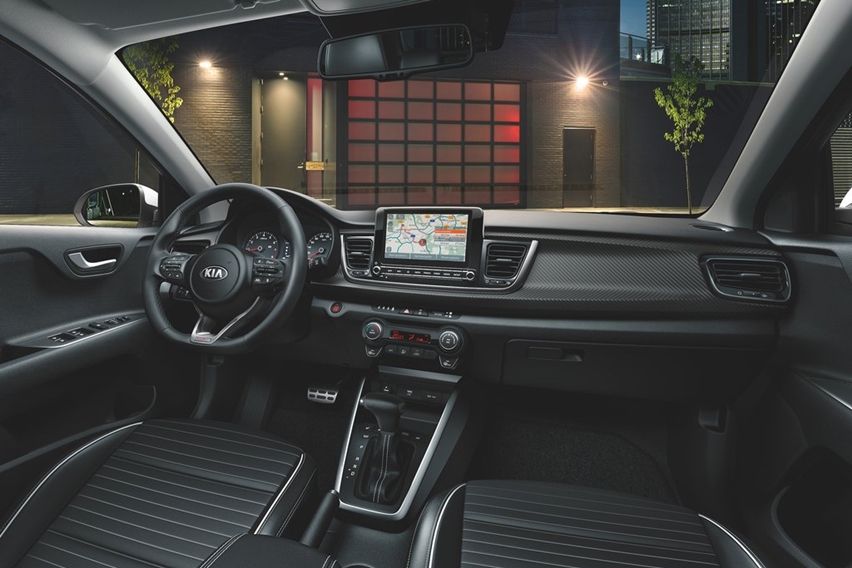
Kia Philippines only offers the Rio as a five-door hatchback in two trims, the LX AT (automatic transmission) and the EX AT. If you’re not familiar with her yet, let me introduce you.
The Rio’s body is the brainchild of designers from both Germany and California, but in close collaboration with the design base in Namyang, Korea. Its overall appearance is defined by straight lines and a smooth surface, which Kia hopes will give the car a distinctive new look and more mature character than its predecessor.
Body size is 4,065mm in length, 1,725mm in width, and 1,450mm in height. Wheelbase is 2,580mm, and ground clearance is 150mm. Curb weight is a decent 1,158 kilograms while turning radius is also good at 5.1 meters.
On the chassis is a motor-driven power steering system, disc brakes in front and drum brakes at the rear, and a MacPherson strut and H-type sub-frame suspension in front and a tubular coupled torsion beam axle at the rear. On the LX are 185/65/R15 tires on 15-inch alloy wheels while the EX gets 195/55/R16 tires on 16-inch alloy wheels.
Standard exterior features are front fog lamps, a short pole antenna, intermittent windshield wipers, body color outside door handles, rear window defogger, rear spoiler, and a high-mount stop lamp.
The LX gets multi-reflector halogen headlamps with auto light control, position lamps, power-adjustable body color external rearview mirrors, and a black and silver grille.
To set the EX apart, it gets projector-type halogen headlamps with static bending + manual levelling + auto light control, LED (light emitting diode) position lamps, power-adjustable + power-folding + heat function body color external rearview mirrors, and a black and chrome grille.
The instrument panel is packed in whatever Rio you’re getting. It has the standard stuff like speedometer, tachometer and the 3.5-inch LCD (liquid crystal display) multi-information display, it also comes with a trip computer.
All trims gets fabric seats, 60:40 folding second-row seats, sun visors with an illuminated vanity mirror, day and night interior rearview mirror, an overhead console lamp, a room lamp in the second row, gray dashboard trim, metal painted interior door handles, a three-spoke polyurethane steering wheel with audio and telephony controls, a polyurethane gear shift knob, power windows, power door locks, glove box, a power outlet and USB port in the front console, two cupholders in front, four bottle holders on the door panels, a manual climate control unit, a luggage compartment lamp, and 325 liters of cargo space.
The EX gets a smart entry system (unlock the doors by touching a notch on the handle and without getting the key from your pocket or bag) and a push-start button.
Both trims get a seven-inch touchscreen display with AM/FM radio, an MP3 player, Aux-in ports, Bluetooth connectivity, and Apple CarPlay and Android Auto compatibility. Audio is sent to six speakers.
Powering both Rio trims is Kia’s 1.4-liter four-cylinder gasoline, Kappa engine with D-CVVT (Dual Continuous Variable Valve Timing), which controls 32 individual valves up to 58 times per second in order to get better fuel economy, reduced exhaust gases (NOx, HC), and improved engine performance (through reduction of pumping loss, internal EGR effect improvement of combustion stability, improvement of volumetric efficiency, and increase of expansion work).
Engine output of 100hp and 133Nm of torque is sent to the front wheels via a four-speed AT with manual mode.
All safety features are standard as well. It comes with a driver and front passenger airbags, ABS (anti-lock braking system), a rear camera display with static guidelines, a rear parking distance warning, two three-point ELR (emergency locking retractor) seatbelts with pretensioners in front, three three-point ELR seatbelts in the rear, an upper and lower child anchor on the rear seats, a child lock system, and an anti-theft system with immobilizer.
Body colors available for the Rio are Clear White, Platinum Graphite, Smoke Blue (LX only), and Signal Red (EX only).
The Kia Rio 1.4 LX AT is priced at P920,000 while the Kia Rio 1.4 EX AT goes for P985,000.
Photos from Kia
Sell your car at the best price
 Verified and genuine buyers
Verified and genuine buyers
Kia Rio Related Stories
- News
- Featured Stories
Kia Car Models
Trending & Fresh Updates
- Latest
- Popular
You might also be interested in
- News
- Featured Stories
Kia Featured Cars
- Latest
- Upcoming
- Popular
Latest Kia Rio Car Videos on Zigwheels

Kia Rio Car Articles From Carmudi
- journal







